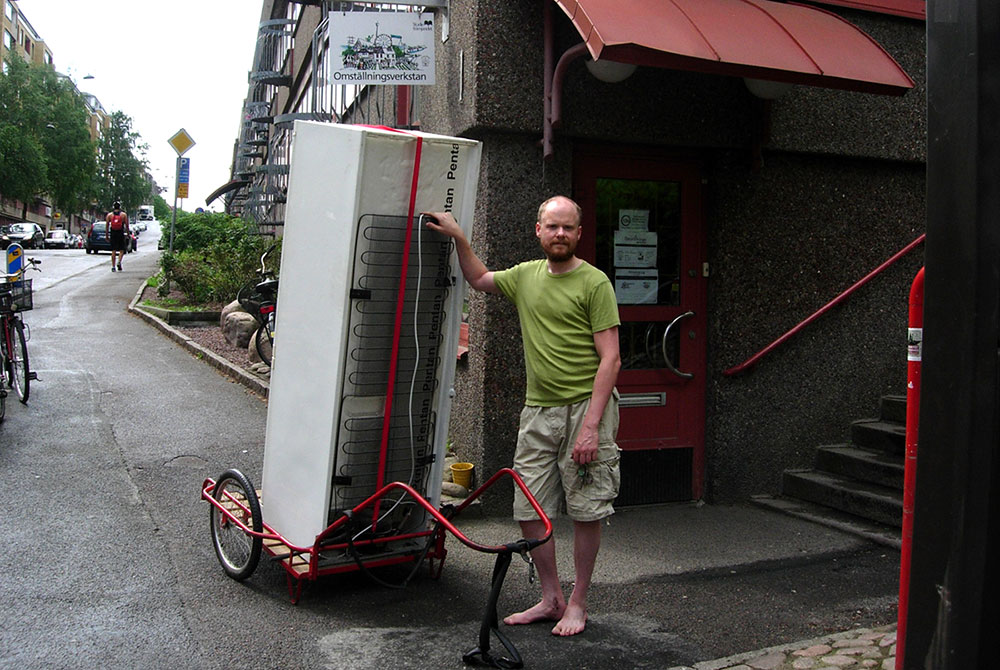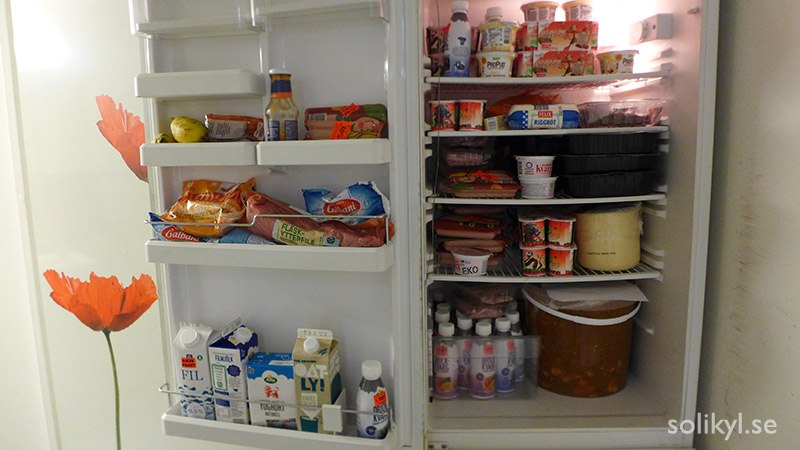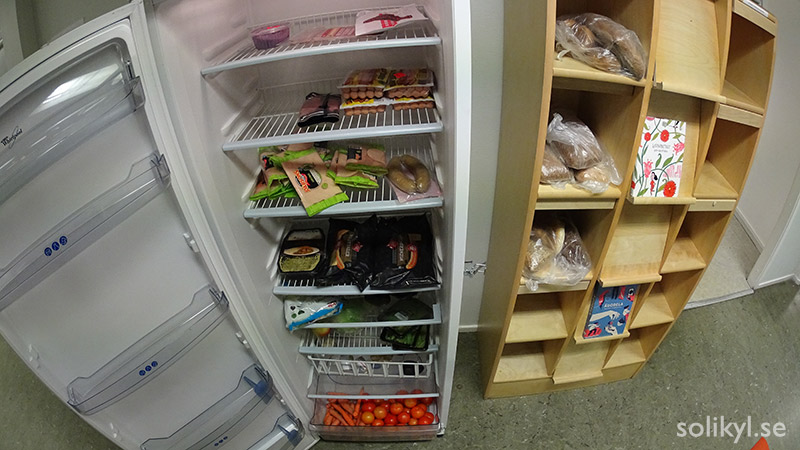Foodsharing Gothenburg - Part One
April 13, 2017
In this four-part series of blogposts I will describe:
- how foodsharing in Gothenburg began
- the main challenges we’re facing
- how we organize and build community
- our strategies for the future
Hopefully this can be useful to other places getting started now or in the process, but most of all, I hope we can start exchanging some experiences.
We can start that on yunity’s slack group, in the #foodsaving-worldwide channel.
How it started
The food sharing initiative in Gothenburg, Sweden started undeniably because of Foodsharing in Germany. Nothing similar had ever existed here, to the best of my knowledge, and from my experience as a dumpster diver and knowing the number of people doing it here (Facebook groups with its thousands of members), I was surprised that no one had ever thought of organizing such a thing in the city.
Perhaps it was just a matter of revealing to people what I had just discovered in my latest visit to Berlin in 2015, when I did a tour with Foodsharing as part of the conference on Solidarity Economy (Solikon).
But presenting an idea, as great as it is, and getting people involved in it is never that simple, as I’ve been learning in this awesome journey as a food waste activist. I’m probably not the best at this community-building thing, in the sense of being able to captivate people about an idea or project, but I discovered that a good way to go is by actually making stuff happen and show openness for people to participate.
So, some many months after I presented Foodsharing for the first time at a local conference, after creating a Facebook group and a Wordpress website, things started to happen when I contacted an acquaintance of mine who would know the place for the first solidarity fridge. The place, called Transition Workshop, hosts a DIY bike repair workshop and other like-minded initiatives, like a Hackerspace. A perfect place to start!
 Olle, the veteran dumpster diver who jumped onboard the project and inaugurated together with me the first solidarity fridge and food share point.
Olle, the veteran dumpster diver who jumped onboard the project and inaugurated together with me the first solidarity fridge and food share point.
 Many times we are able to fill up the whole fridge!
Many times we are able to fill up the whole fridge!
As you may have noticed, the name of the initiative is solidarity fridge (Solidariskt Kylskåp, in Swedish), and for whatever reason that is the name that stuck in people’s mouths. In the beginning, I was calling it Foodsharing and our Facebook group still has both names, but somehow it made more sense for people by putting the emphasis on the fridge, because that was our starting point.
We did not have any partnership with any shop, so the fridge was mainly filled sporadically by dumpster divers, until our very first foodsaver, a guy working at a medium-sized supermarket, heard about the initiative and managed to convince his boss. We started rescuing bread (huge sacks, so up to this day we still drowning on bread sometimes, since we’re not able to give them all away) and after some months we started rescuing all kinds of foods.
 Second fridge and food share point we put up on a library. Food for thought: literature on sharing
Second fridge and food share point we put up on a library. Food for thought: literature on sharing
We have already four solidarity fridges spread around the city (including one at a city library!), but very few partnerships yet. This has been one of the main challenges that I will describe in one of the following posts. Right now we are working hard on preparing the ground to scale up the foodsharing model to the many other neighbourhoods, which includes the work of building community, attracting engaged people, showing what the idea is about, how it works, and finding important and strategic actors that support us on this, including city officials.
Foodsharing, in my conception, is all about grassroots engagement and empowering people to act collectively against food waste and towards a new culture of widescale sharing, but we need to face many challenges in order to achieve that. Next post will be about these challenges, from the Gothenburg/Swedish perspective.